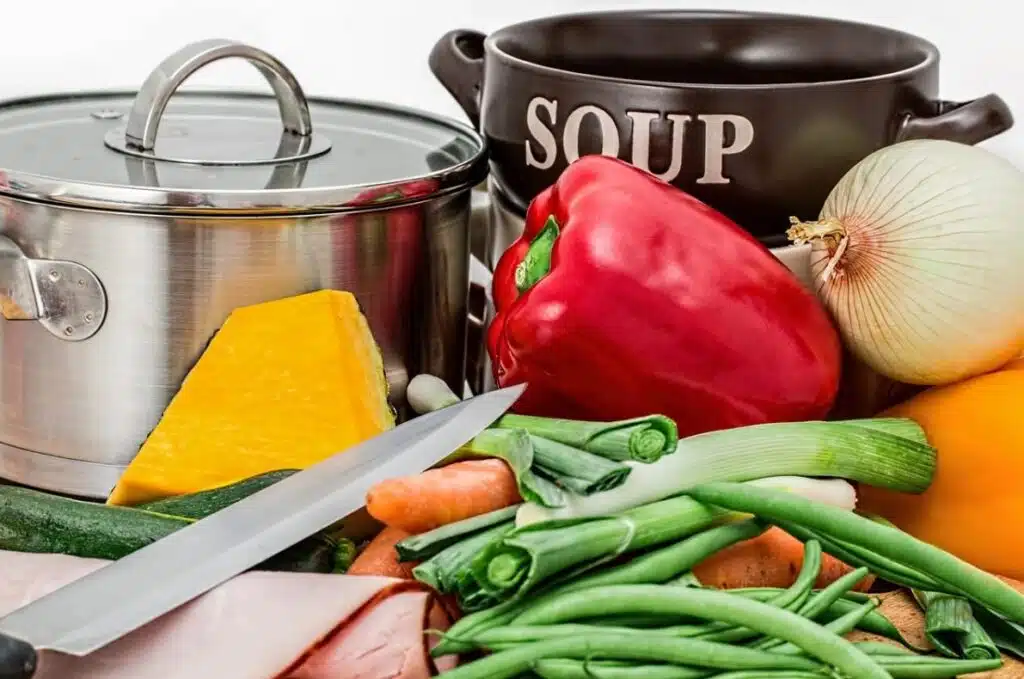Most women around the globe experience menstrual cramps every single month. Sometimes, the pain can be too unbearable that it can totally interfere with their work, chores, and other activities. The pain duration may vary, but most of the time, it can last for three to five days every month. While some women claim that menstrual cramps diminish once they’ve undergone childbirth, some women still have it until their menopausal stage.
Before a woman’s period begins, the cells that form the uterus lining or also called endometrial cells will break down during menstruation. This will then release high levels of inflammatory prostaglandins, which constrict the blood vessels in your uterus and cause painful menstrual cramps. When prostaglandins enter the bloodstream, some women tend to experience other menstrual symptoms like headache, nausea, and vomiting.
The levels of pain differ for every woman. Even if you’ve been through menstrual cramps month after month, it seems that you’ll never be used to the pain. Fortunately, numerous home remedies have been developed over the years to help women ease their menstrual cramps. It can be through applying heat to the abdomen, taking medications, or drinking herbal drinks. Did you know that your dietary lifestyle can also have an impact on your menstrual cramps?
Some food can trigger or worsen your menstrual cramps, while some can actually help ease the pain. Below are eight dietary guidelines to help you know the right food to balance hormones and reduce your menstrual pain every month.
Fruits and Vegetables
Both fruits and vegetables are already well-known to be nutritious for your health. Not only they’re healthy, but they also help alleviate menstrual cramps. They’re loaded with antioxidants and phytonutrients, which can reduce your uterus inflammation, pain, and decrease your body’s oxidative stress.
For vegetables, it’s best to go for dark leafy green like spinach and kale. Both are known to be vitamin powerhouses and an excellent source of iron. Keep in mind that during your menstruation, you lose a lot of blood. Therefore, you lose a lot of iron. To avoid feeling lethargic, you need to keep up with your body’s iron loss and replace it by eating the right food. As for fruits, bananas and kiwis are both rich in potassium which can help relieve cramps and menstrual bloating. Pineapples are also recognized to be rich in bromelain content which fights off the inflammation in your uterus. So, ditch off your burger cravings and replace them with these fruits and vegetables.

Fish
Cold-water fishes like Salmon, Sardines, or Mackerel have high contents of fatty acids, popularly known as omega-3 fatty acids. Fishes are already known to be anti-inflammatory foods, making them an excellent pain reliever, including your menstrual cramps.
Aside from being an excellent anti-inflammatory food, fishes are also a healthy source of protein, Vitamin D and Vitamin B6. The more Vitamin D you have in your body, the more efficient your body absorb calcium, which is also another remedy to alleviate period pains and cramps. Meanwhile, Vitamin B6 can also help with the irritability and breast tenderness that most of you feel during your period. With this plethora of benefits that you can get from fishes, don’t hesitate to add them in your diet.
Help Yourself with Some Ginger
Another potent anti-inflammatory herb is ginger. It’s known to have painkilling effects, which means you can use it to treat painful menstrual cramps. Ginger can also soothe your stomach whenever you feel nauseous and experience abdominal bloating during your period. You can either help yourself with two to three cups of ginger tea every day, or you can add some slices of ginger into your food and salad dressings. Some women also consume ginger as a way to induce their period whenever it is delayed.
Magnesium Food
Magnesium is a mineral that is continuously involved in various processes and functions of your body. Furthermore, magnesium is also found to help smoothen your muscle tissues, which means it can help alleviate body pains like headaches and menstrual cramps. Some of the magnesium’s dietary sources include almonds, nuts, avocados, dark green leafy vegetables, and even dark chocolate! Dark chocolate is rich in magnesium and fiber. Make sure to choose a chocolate that is rich in cocoa content and less sugar for better results.

Food Rich in Calcium
Calcium is a nutrient known to reduce period symptoms, reduce bloating, water retention, and menstrual cramps. If you have low calcium levels in your body, you’re at risk of experiencing muscle contractions in your uterus, resulting to unbearable pain. Hence, you need to keep up with your calcium intake especially during your period. That way, you won’t need to drown yourself with painkillers.
Some food that are rich in calcium includes dairy products, soy milk, tofu, beans, lentils, and leafy greens.
Iron-Rich Food
As mentioned earlier, you lose a lot of iron during your period due to heavy bleeding. To make up for the extreme loss of iron, you need to eat food that contains high levels of iron, so your body will be back on track. Some of this iron-rich food include molasses, leafy greens, seafood, red meat (specifically liver and other organ meat), legumes, chickpeas, quinoa, and of course, dark chocolate.
Go for Oats
Oats are not a new thing. A lot of people consume them as their breakfast or eat them in various forms. They’re already known to make you feel full quicker and longer after you’ve consumed them. Aside from that, oats are known to be rich in fiber content which can help regulate your bowel movements, thus reducing your abdominal bloating brought by your menstruation.
They’re also a prominent source of magnesium and zinc, which help regulate your body’s serotonin levels. Serotonin is a chemical released from your brain that is responsible for fighting off depression. Some people tend to feel anxious and depress during their period due to the unbearable abdominal pain that they’re experiencing.
Eat Some Eggs
Everyone knows that one of the most nutritious food you can eat out there are eggs. They contain valuable vitamins like D, E, and B6. All these vitamins you get from eggs are excellent for fighting off menstrual symptoms, including cramps. Furthermore, eggs are also rich in protein which is a nutritional bonus.
Wrapping Up
Now you know how much your food intake can influence your menstrual pain. These monthly cramps may seem unbearable, but by following these dietary tips, you’re in for a good start in reducing your period cramps. Soon, as you get used to including this list of food in your diet, you’ll never have to look for painkillers again as you handle your monthly menstruation like a pro.
